Silky Homemade Egg Noodles Recipe: A Simple Kitchen Joy
Crafting delicate egg noodles from scratch brings pure comfort to any kitchen.
These soft, silky homemade egg noodles weave magic into every dish they touch.
Generations of home cooks have perfected this simple yet stunning technique.
fresh eggs, flour, and a pinch of salt create a tender pasta that elevates meals from ordinary to extraordinary.
The dough comes together quickly with just a few gentle kneads and rolls.
Each strand promises a melt-in-your-mouth texture that store-bought noodles can never match.
Prepare to savor a culinary tradition that connects you to the heart of home cooking.
Why Simple Fresh Pasta Deserves a Spot on the Table
Fresh Pasta Ingredient Checklist
Wet Ingredients:Dry Ingredients:Kitchen Essentials:Fresh Pasta – Steps to Homemade Noodles
Step 1: Whisk Wet Components
Crack fresh eggs into a mixing bowl.
Pour in milk and sprinkle salt.
Whisk the ingredients together until they are completely blended and create a smooth, uniform liquid.
The mixture should look creamy and light yellow.
Step 2: Incorporate Flour
Gradually add flour to the wet mixture.
Start with a small amount and stir consistently.
Continue adding flour until the dough begins transforming from a liquid into a soft, slightly tacky consistency.
The goal is creating a cohesive dough that holds together but isn’t too dry.
Step 3: Develop Dough Texture
Transfer the dough onto a clean, lightly floured surface.
Use your hands to knead the dough, pressing and folding it repeatedly.
Continue kneading for 4-5 minutes until the texture becomes smooth and elastic.
The dough should feel supple and not stick to your fingers.
Allow the dough to rest for 10-15 minutes, which helps relax the gluten and makes rolling easier.
Step 4: Stretch and Thin
Using a rolling pin, carefully roll the dough on a floured surface.
Work from the center outward, creating an extremely thin sheet.
Aim for a thickness thinner than a credit card, almost translucent.
Dust surface with flour to prevent sticking.
Step 5: Shape Pasta Strips
Select a sharp knife or pizza cutter.
Slice the thin dough into uniform strips.
For fettuccine-style pasta, cut wider strips.
For spaghetti-style, create narrower strips.
Gently separate the cut pasta to prevent clumping.
Step 6: Cook Pasta
Bring a large pot of salted water to a rolling boil.
Carefully drop pasta strips into the water.
Cook for 2-3 minutes until the pasta becomes tender but still has a slight bite.
Alternatively, you can add fresh pasta directly into simmering soup or sauce for cooking.
Pasta Perfection: Handy Cooking Tips
Recipe Options for Simple Fresh Pasta
Serving Suggestions for Fresh Pasta Dishes
Fresh Pasta: Storage and Reheating Advice
FAQs
No, you can make fresh pasta with basic kitchen tools like a mixing bowl, knife or pizza cutter, and a rolling pin. While pasta machines are helpful, they aren’t required for homemade pasta.
Yes, all-purpose flour works perfectly for this fresh pasta recipe. It provides the right protein content to create a smooth, elastic dough that holds together well.
The dough should become smooth and elastic, no longer sticky to touch. After 3-5 minutes of kneading, the texture will change and feel more cohesive and springy.
Print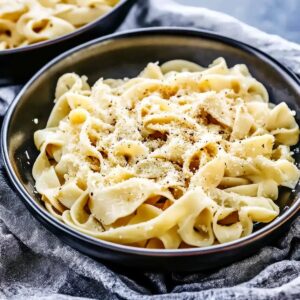
Homemade Egg Noodles Recipe
- Total Time: 23 minutes
- Yield: 4 1x
Description
Delightful homemade egg noodles bring Italian pasta traditions right into your kitchen, crafting silky strands of pure comfort. Whisked eggs, flour, and simple techniques create noodles so fresh and tender you’ll never want store-bought again.
Ingredients
Main Ingredients:
- 2 large eggs
- 1 1/2 to 2 cups all-purpose flour
Liquid Ingredients:
- 2 tablespoons milk
Seasoning:
- 3/4 teaspoon salt
Instructions
- Whisk eggs, milk, and salt in a medium bowl until thoroughly blended and silky in texture.
- Gradually incorporate flour into wet mixture, stirring continuously until a cohesive yet slightly tacky dough begins to form.
- Transfer dough onto a lightly dusted work surface and knead methodically with gentle, pressing motions for 4-5 minutes until texture becomes smooth and elastic.
- Allow dough to rest at room temperature for approximately 10 minutes, which helps gluten relax and improves overall pasta texture.
- Using a rolling pin, stretch and thin the dough across the countertop, aiming for a nearly translucent consistency no thicker than a credit card.
- Slice the delicate sheet into uniform ribbons using a sharp knife or pizza cutter, creating your desired pasta width with precise, confident strokes.
- Cook fresh pasta in rapidly boiling, salted water for 2-3 minutes until achieving an al dente texture, or alternatively, drop directly into simmering soup for immediate cooking.
Notes
- Use room temperature eggs and milk for smoother, more consistent dough texture.
- Humidity affects flour absorption, so add flour gradually and adjust based on dough consistency.
- Gentle, consistent kneading develops gluten without overworking the dough, ensuring tender pasta.
- Fresh pasta can be dried for 30 minutes or frozen for up to 2 weeks, providing convenient meal prep options.
- Prep Time: 20 minutes
- Cook Time: 3 minutes
- Category: Dinner, Lunch, Snacks
- Method: Boiling
- Cuisine: Italian
Nutrition
- Serving Size: 4
- Calories: 220
- Sugar: 1 g
- Sodium: 130 mg
- Fat: 6 g
- Saturated Fat: 2 g
- Unsaturated Fat: 3 g
- Trans Fat: 0 g
- Carbohydrates: 37 g
- Fiber: 2 g
- Protein: 8 g
- Cholesterol: 120 mg

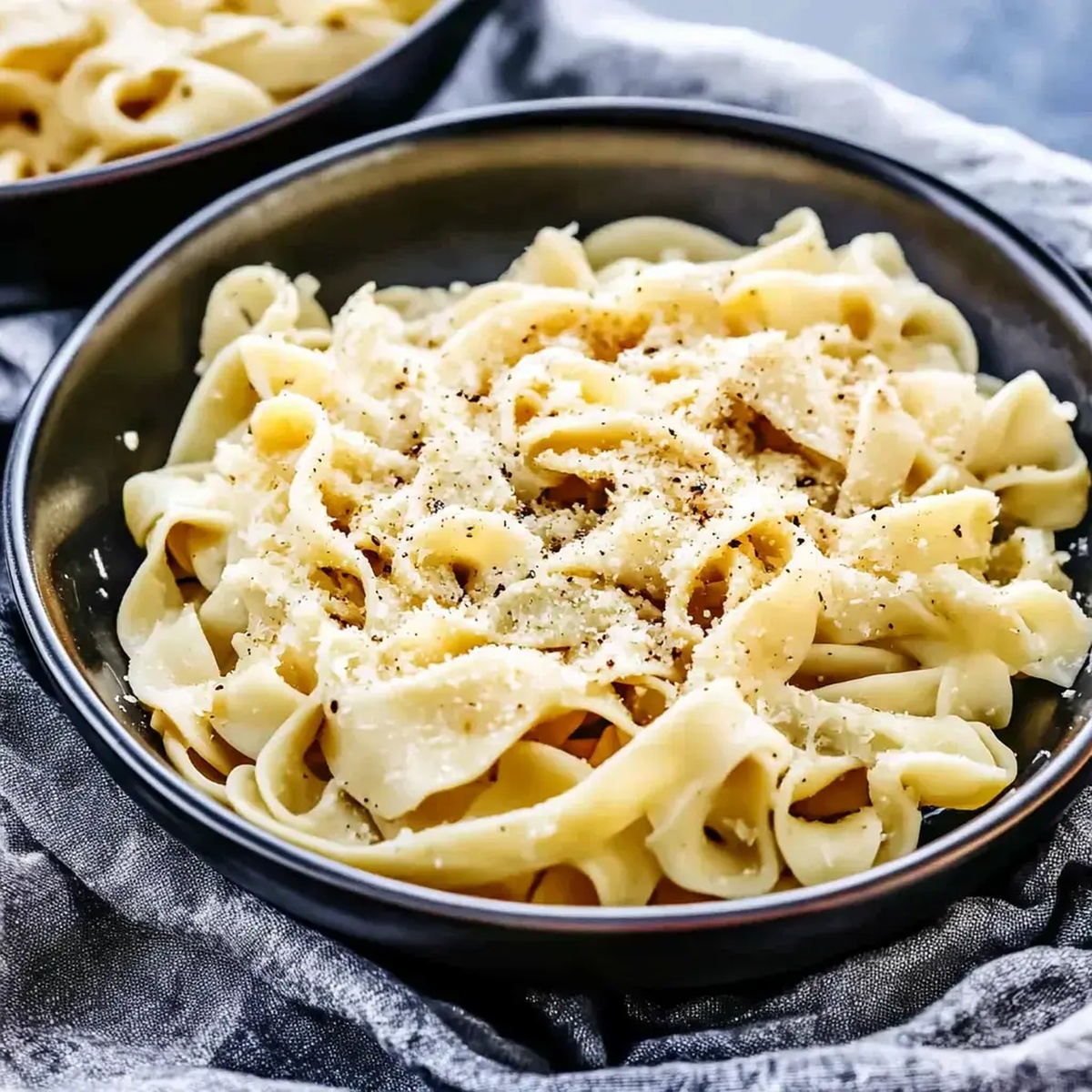
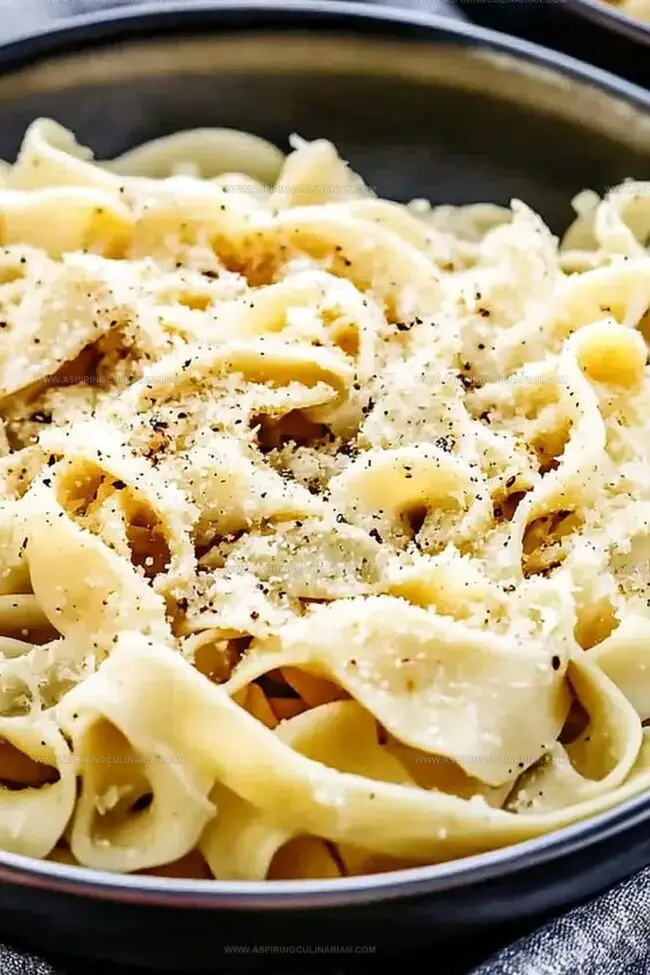
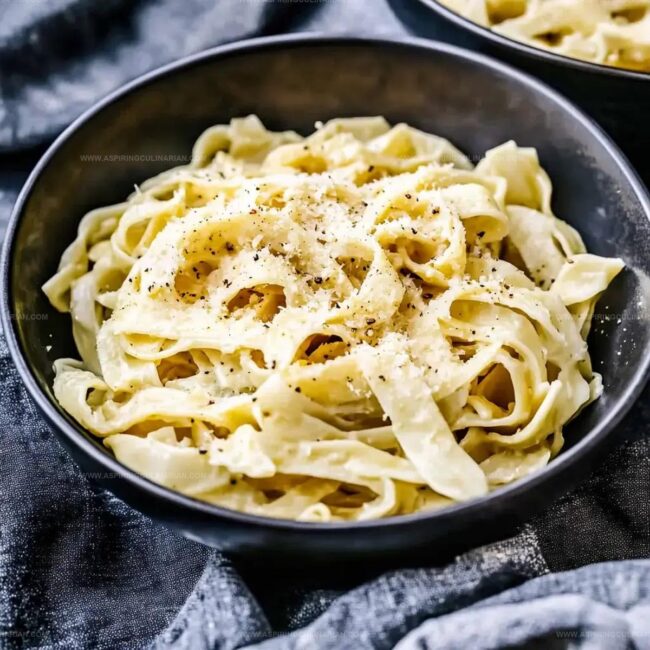
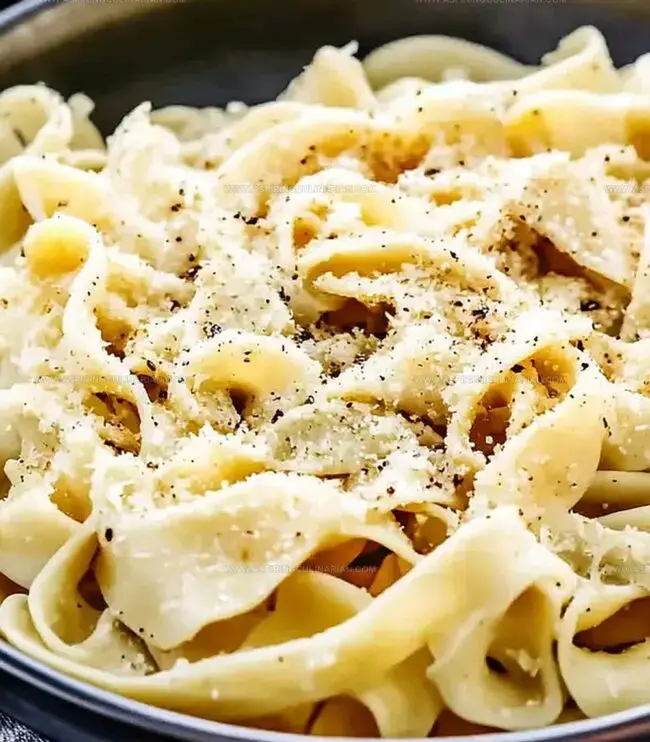
Nathaniel Brooks
Founder & Recipe Developer
Expertise
Farm-to-table cuisine, Seasonal recipe development, Culinary storytelling
Education
Ivy Tech Community College – Indianapolis, IN
Culinary Arts / Hospitality Administration & Events
Focused on hands-on training in classical and modern culinary techniques.
Nathaniel’s story starts in the foothills of the Appalachian Mountains, where farm stands, backyard gardens, and old family recipes shaped his love for real food. After graduating from Ivy Tech Community College in Indianapolis, he spent years working in farm-to-table kitchens, learning how to turn local, seasonal ingredients into something memorable.
Today, Nathaniel pours that same spirit into every single recipe on Aspiring Culinarian – recipes that feel real, comforting, and connected to the land. When he’s not in the kitchen, you’ll find him foraging wild herbs, chasing sunsets with his camera, or writing about the flavors that shaped his roots.